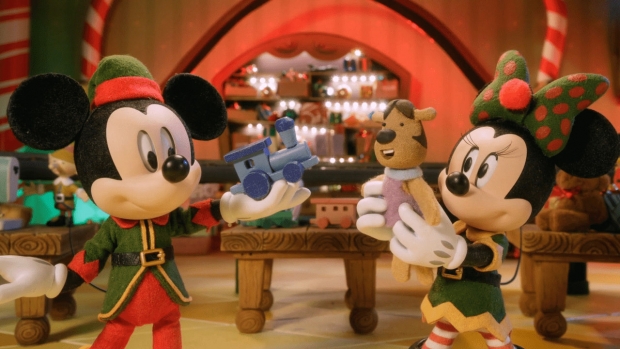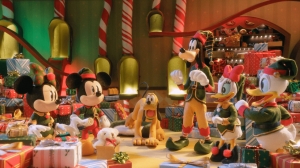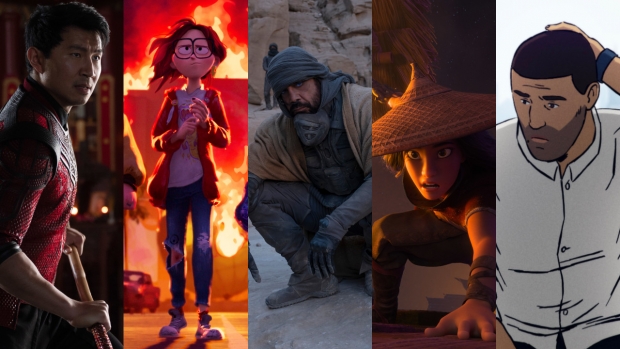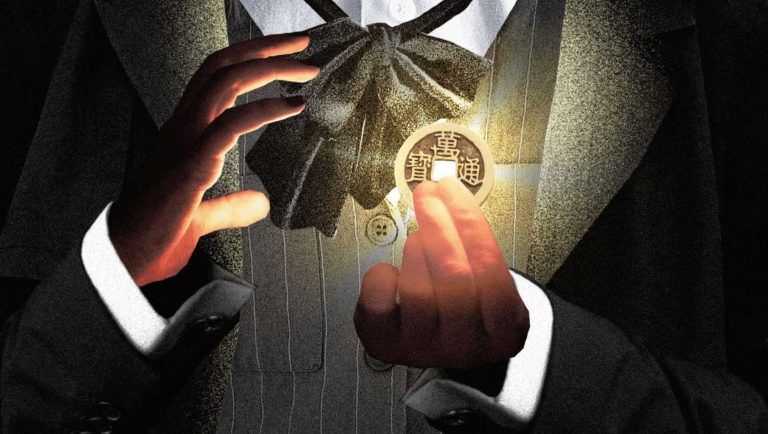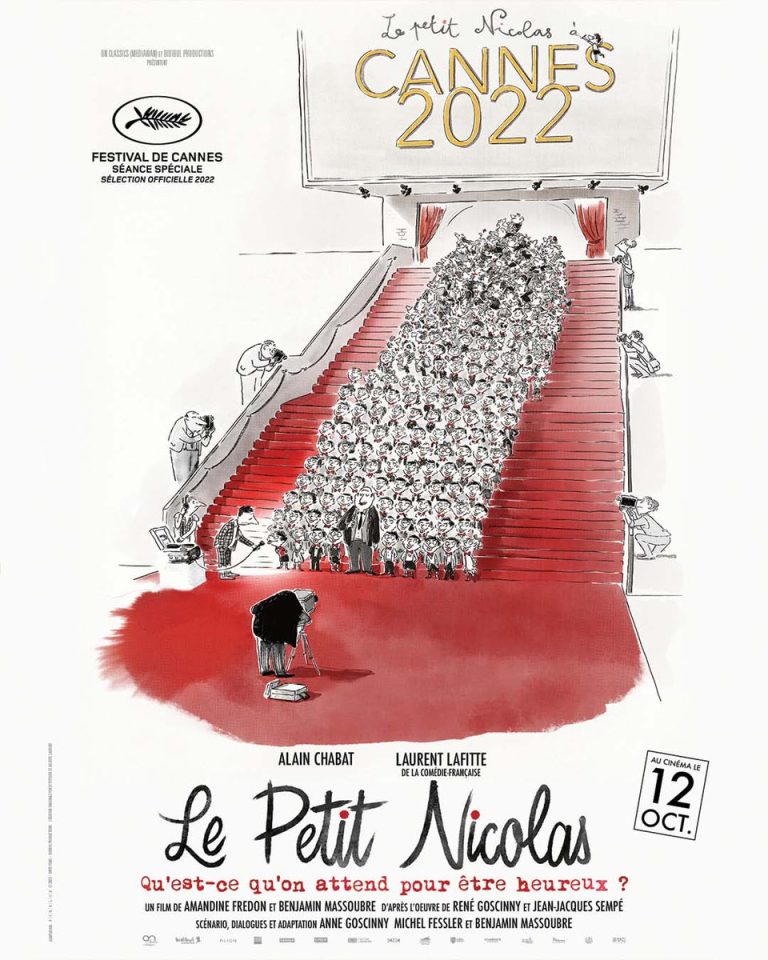The special was shot on a dozen sets with three different versions of Mickey’s gang: their normal holiday wear, their elf wear, and their casual wear. “There are three different looks for all those characters,” Brooks describes. “We had between six and eight puppets per character for our Fab Five, two or three each for Santa and Mrs. Claus. That’s a lot of assets. We made the tough decision to go with six reindeer instead of the traditional eight reindeer. There were three versions of Prancer. It was really quite an operation.”
Real-life couple Brock Powell (Disney Channel’s Hamster & Gretel) and Camryn Grimes (The Young and the Restless) lend their voices to iconic duo Santa and Mrs. Claus, respectively.
Dan Sarto is Publisher and Editor-in-Chief of Animation World Network.
As far as what could be captured in-camera and how much CG was used in the production, Brooks says that they would have “loved to have just taken care of everything in camera.” “We are animation nerds at our core and stop-motion aficionados, and we’re super passionate about stop-motion and being true to stop-motion animation,” he says. “I have to credit our animation director, Ethan Marak, for coming up with ways to create in-camera effects that limited our use of post-production effects. We don’t actually use too much CG.”
“Maybe if we had a couple of years and , , million, sure, Okay, we’ll figure that out,” he continues. “But knowing that we’re on a budget, and we’ve got a scheduled Christmas date coming, we had to figure out a way to get this thing done. Though the script was clearly written by somebody who’s used to 2D and CG, we just took that and said, ‘Let’s just tweak this a little bit here and there to make this work for stop-motion.’”
Noting they used an After Effects pipeline, Brooks explains, “For example, when Santa flies over the cabin and sort of rains down some magic sparkles, we shot that practically. Those are actual sparkles that we photographed, glitter or some sort of reflective particles. But then there’s things like exhaust coming out of Santa’s jet engines, we employed some visual effects. Ultimately, if we could have done everything in camera, we absolutely would’ve.”
Another challenge was the character of Mickey. “Mickey’s a special character,” Brooks notes. “Thankfully, we had CG models to work from. Mickey has those two ears, right? He’s two dimes and a quarter. Normally, in a stop-motion puppet, we’d have these ears at the top of the head, and when you turn the head, that’s what happens [motions with his hands next to his head as he moves]. But we can’t do that with Mickey. We need to stay true to the look of Mickey’s moving ears. So, we had to engineer a way for the animators to be able to move the ears around depending on where the puppet is in relation to the lens. To do this, we ended up with a magnet system. At the base of the ears where they fit on the head, there are little embedded magnets. And we used lead filings in the paint on Mickey’s head, to allow his ears to move in a way that was going to stay true to Mickey Mouse and the original Disney look.”
On Mickey Saves Christmas, the project started for Brooks with a script from Disney, and not much else. “We were handed a script and asked, “Can you make this? Is this possible?’ There wasn’t any music written, though there were some songs at that point. So, we say, ‘Okay, let’s dive in!’ We had produced a little short piece for one of Disney’s charitable initiatives, and a Mickey short in stop-motion a few years back. So, we had that as our base. We knew what the stop-motion puppets were going to look like. We had a cabin we had built that we used as our launching point. And from there, we’re basically starting from scratch for designs.”
“We started designing with our super talented production designer, Chris Zollna,” he adds. “We began storyboarding with John Martinez, our storyboard artist, and just hit the ground running, creating a world, designing costumes for all our characters, designing Santa and Mrs. Claus and all the reindeer. It really is kind of starting from scratch.”
For David H. Brooks (Ultra City Smiths, Lego Unikitty), this holiday season, his stop-motion machinations come full circle. It’s been 17 years since he directed Christmas Time for the Jews, the classic 2005 stop-motion short that ran as a “Saturday TV Funhouse” segment on Saturday Night Live. Fast forward to 2022, and Brooks is still mixing it up frame by frame, this time with Stoopid Buddy Stoodios, directing Mickey Saves Christmas, an all-new stop-motion holiday special that stars Mickey Mouse, Minnie Mouse, and an assortment of pals as they attempt to celebrate the perfect Christmas at their snowy cabin.
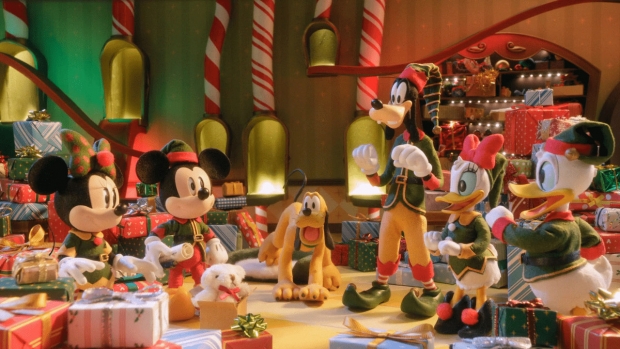
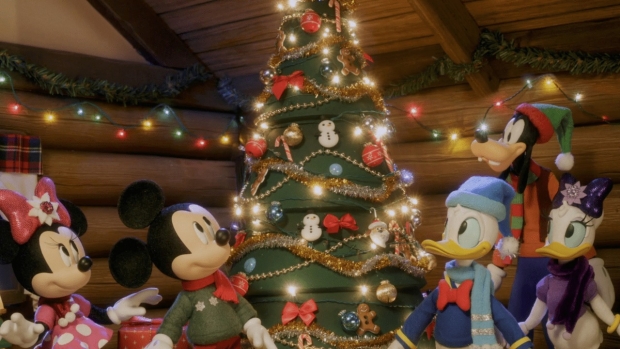
Reflecting back on directing the iconic Suzy Snowflake (1951) stop-motion SNL parody, produced at Bix Pix Entertainment and delivered a mere eight hours prior to airtime, Brooks laughs and says, “It was such a fun thing to do. You’ve got to credit Robert Smigel and the team at SNL. That was one of those projects that came in, I think, three weeks before it was supposed to air. And we said, ‘We’re just going to do this.’ And how do you know something’s going to go viral? That was the same episode that Andy Sandberg got his big break. So we were up against The Lonely Island: Lazy Sunday, that rap he did, that was like, ‘Holy cow, that thing went viral.’ We were on the same episode as that, and we still managed to find a little niche with an audience. And being Jewish myself, it was one of those things that was just so fun to make.”
Reflecting on tackling the ambitious project, and bringing a new, stop-motion Mickey Mouse for fans to enjoy this holiday season, Brooks concludes, “Seeing all these elements come together, from our production design, to our set builds, to the puppet design, the character design and the character builds, the lighting, all culminating in one moment… me on set, directing an animator… there’s so much work that went into just getting to that moment… and then, that’s our moment… and somehow, magic happens. Everything is set up, everything’s been laid out, I know exactly what I want. And then sitting with that animator, creating a performance, there’s something really magical about it.”
In Mickey Saves Christmas, when Pluto causes Santa to lose all the presents on his sleigh, Mickey and his friends travel to the North Pole on a quest to save Christmas and find the true meaning of the holiday.
One of the first challenges was adapting the script to “work” in stop-motion. Noting there were a few “red flags” that wouldn’t work in stop-motion, Brooks shares that the realities of time and budget meant adjustments were needed. “We worked with an incredible team at Disney that knew what we were capable of doing and knew our constraints,” he says. “The last thing I’d want to do is try to pull off something that will definitely work in 2D or CG but miss the mark in stop-motion.”
Brooks also shares that the toughest sequence by far was Santa’s sleigh crash, shot over the course of eight weeks, leaving some of the animators, assistant animators, and riggers with “sore shoulders and backs from lifting the sleigh for weeks on end.” “It sets off this sequence of events after crashing onto a rooftop,” he reveals. “Then it slams into the ground, goes flying down a hill towards a pond, and then the bag of presents cracks through the ice and sinks to the bottom. Holy cow. That was a feat!”
It’s the second Disney holiday special produced by Stoopid Buddy Stoodios, the talented maniacs behind the award-winning stop-motion adult comedy sketch show Robot Chicken as well as Crossing Swords and SuperMansion; their stop-motion Mickey Mouse and the Magical Snowy Holiday premiered on Disney Junior in 2020.
The special airs November 27 at 7:00 p.m. EST on ABC, Disney Channel, Disney Junior and Disney XD, and November 28 on Disney+.


